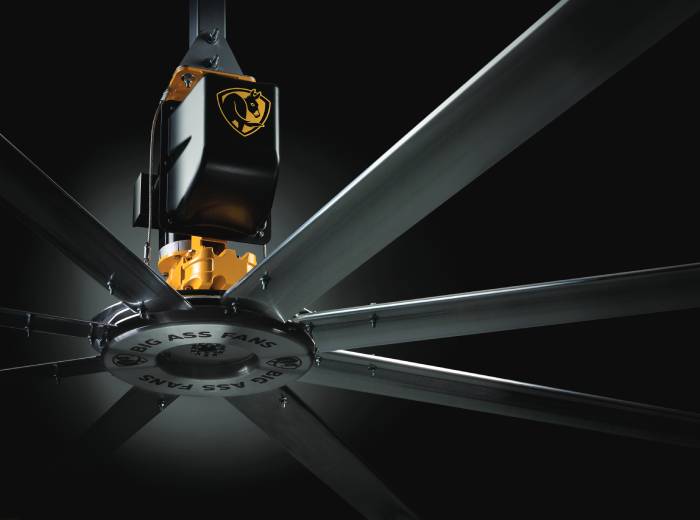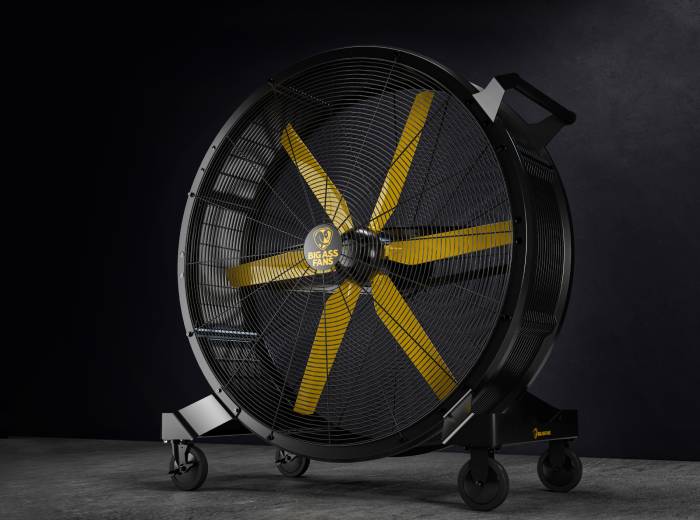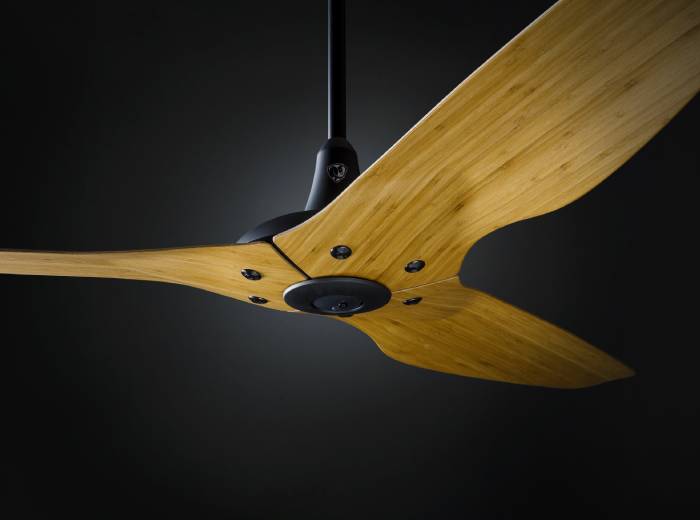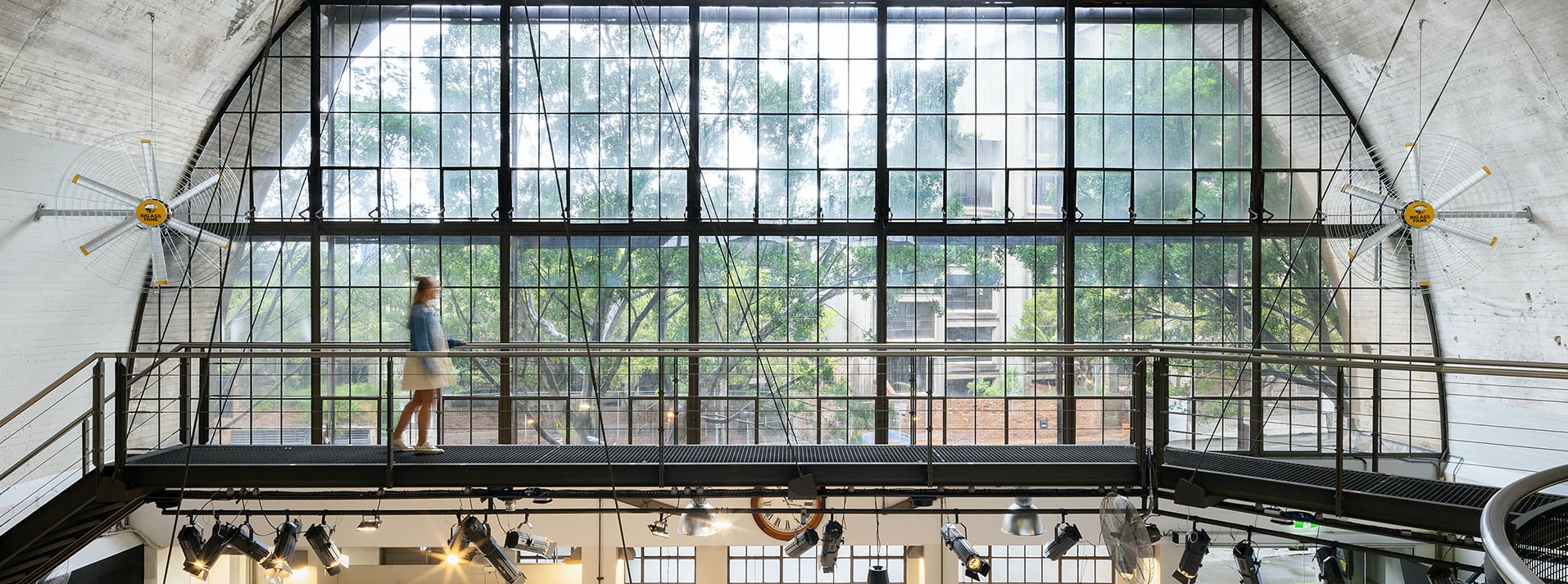
How Much Does a Ceiling Fan Cost to Run?
As the cost of living continues to rise, many Australian families are looking for ways to save. When it comes to cooling our homes, we want to know which options will be the most energy-efficient and cheapest to run.
Ceiling fans are a simple, affordable solution for keeping your home cool this summer. They can help you to keep energy costs down and create a comfortable space for you and your family.
In this post, we’re exploring how much ceiling fans cost to run, a guide to calculating running costs, and our handy tips for getting the most out of your fan.
How much does it cost to run a ceiling fan?
The short answer is: it depends. Several factors influence fan running costs, including fan type, size, and speed. Let’s explore each of these.
Fan Type: AC vs. DC
The type of motor in your ceiling fan significantly influences its energy consumption. There are two primary types of motors: AC (alternating current) and DC (direct current).
- AC (Alternating Current) Motors: These are the most common type of ceiling fan motors. They are generally less expensive to purchase but can be less energy-efficient compared to DC motors. AC motors operate directly from your household power supply and are widely available in various models and sizes.
- DC (Direct Current) Motors: These motors are more energy-efficient and quieter compared to AC motors. They use less electricity to produce the same amount of airflow. Although fans with DC motors tend to be more expensive initially, the energy savings over time can offset the higher upfront cost. DC motors also allow for more speed settings and smoother operation.
 Fan Size
Fan Size
The size of the fan blades directly impacts the amount of airflow a fan can move and, consequently, its energy consumption.
Small indoor ceiling fans consume less power, and are best for small spaces. For example, our indoor Haiku L fans provide efficient and stylish cooling for smaller spaces.
Medium fans are ideal for medium-sized rooms, balancing air movement and power consumption. This includes our Haiku, i6 and Essence indoor fans which provide stronger airflow for spaces like living rooms or dining spaces.
Larger ceiling fans are best for large rooms and open spaces, but consume more electricity. For example, our outdoor Haiku and Essence fans provide effective cooling for open-plan and outdoor living areas. Our industrial overhead and directional ceiling fans work hard to cool large spaces like gyms and warehouses.
Fan Speed
The speed at which a fan operates is another critical factor. Low speed consumes the least amount of electricity and is often sufficient for mild cooling and airflow needs. Medium speed offers a balance between airflow and power consumption. High speed provides maximum cooling but also consumes the most power.
How to Calculate Running Costs
Calculating the running costs of a ceiling fan involves understanding its power consumption and the cost of electricity in your area. Here’s a step-by-step guide.
- Determine the Fan's Wattage: Check the fan’s specifications for its wattage rating. If the fan has multiple speeds, note the wattage for each speed setting.
- Convert to Kilowatts: Since electricity usage is billed in kilowatt-hours (kWh), convert the wattage to kilowatts by dividing by 1,000. For example, a fan rated at 60 watts uses 0.06 kilowatts.
- Estimate Daily Usage: Estimate how many hours per day the fan will be running. For example, if you use the fan for 8 hours a day, multiply the kilowatts by the number of hours (0.06 kW x 8 hours = 0.48 kWh).
- Calculate Monthly Usage: Multiply the daily usage by 30 (0.48 kWh x 30 days = 14.4 kWh).
- Find the Cost per kWh: Check your electricity bill or your utility provider’s website for the cost per kilowatt-hour. For example, if the rate is $0.13 per kWh, multiply this by the monthly usage (14.4 kWh x $0.13 = $1.87).
Using these steps, you can estimate the monthly cost of running your ceiling fan.
 Tips for Reducing Fan Costs
Tips for Reducing Fan Costs
While ceiling fans are already an economical cooling option, there are ways to reduce costs further. These include:
- Choose Energy-Efficient Fans: Choose energy-efficient fans, which are designed to use less electricity while providing effective cooling. For example, fans with DC motors can offer significant energy savings over time. At Big Ass Fans, our fans are engineered to provide maximum efficiency whilst keeping you cool.
- Use Fans Wisely: Only use ceiling fans when you are in the room. Keep in mind that the purpose of ceiling fans is to cool people, not spaces, by creating a wind-chill effect.
- Adjust Fan Direction Seasonally: In the summer, set the fan to rotate counterclockwise to push cool air down. In the winter keep your fan on lower settings, or simply reverse the direction to clockwise to circulate warm air.
- Maintain Your Fan: Regular cleaning and maintenance can keep your fan operating efficiently. Dust and debris can hinder a fan’s performance and increase energy usage.
- Use with Air Conditioning: Ceiling fans can complement air conditioning by allowing you to set the thermostat higher, thus reducing the air conditioner's workload and saving on energy costs.
- Install Timers: Consider installing timers or smart controls to ensure fans are not left running unnecessarily. At Big Ass Fans, our fans are equipped with SenseMe™ technology, allowing them to work with your smart home devices.
Final Thoughts
Ceiling fans are a cost-effective and energy-efficient way to enhance comfort in your home. By understanding the factors that influence running costs, and implementing tips to reduce expenses, you can maximise the benefits of your ceiling fan while keeping your energy bills in check.
Ready to save on your cooling costs? Explore our range of indoor and outdoor ceiling fans and find the perfect solution for your home.





